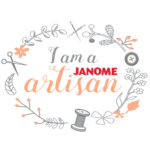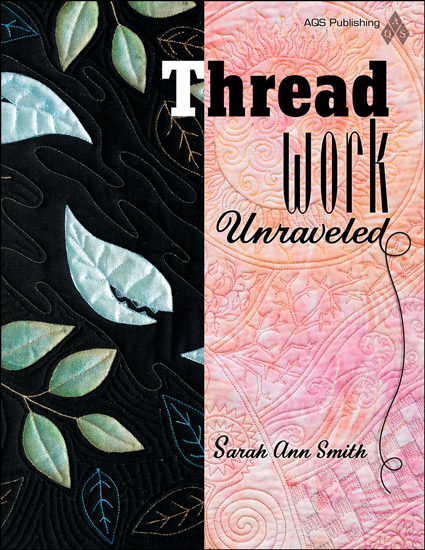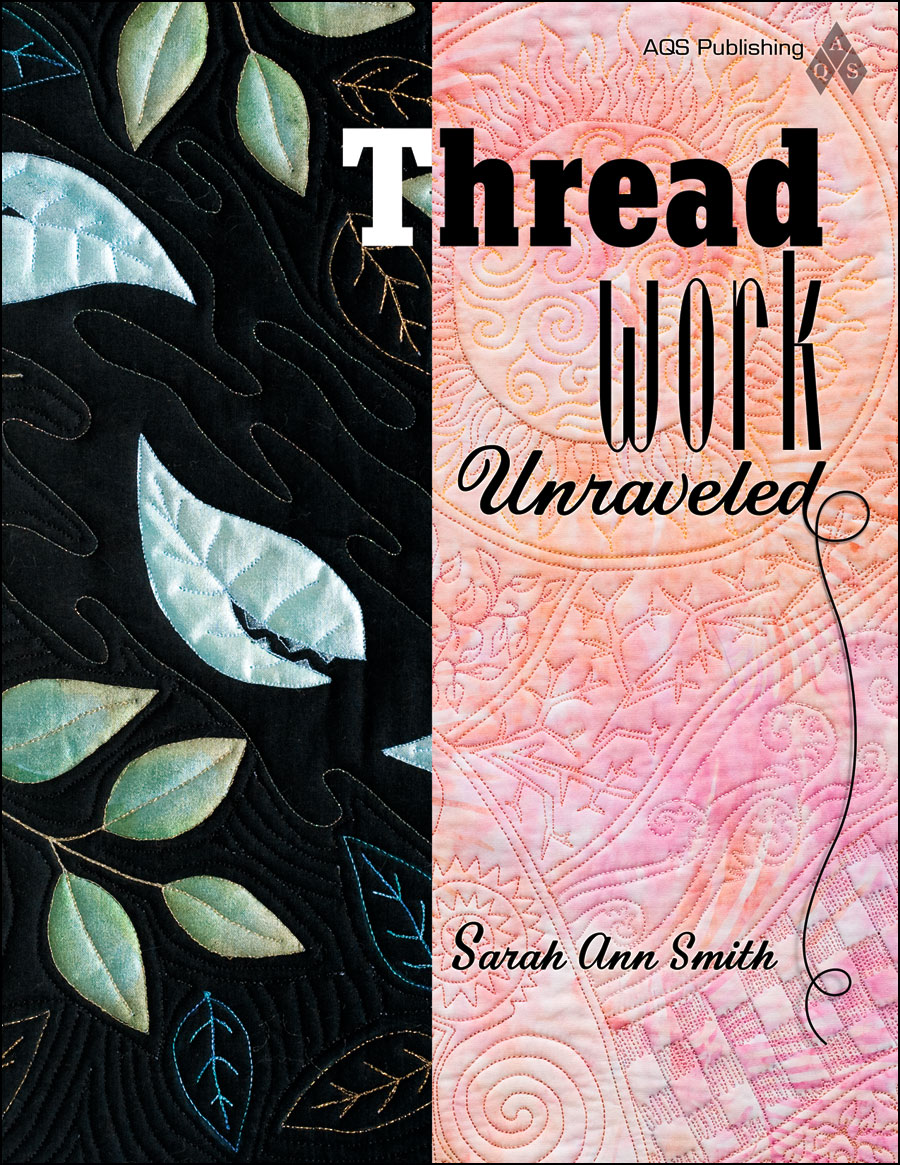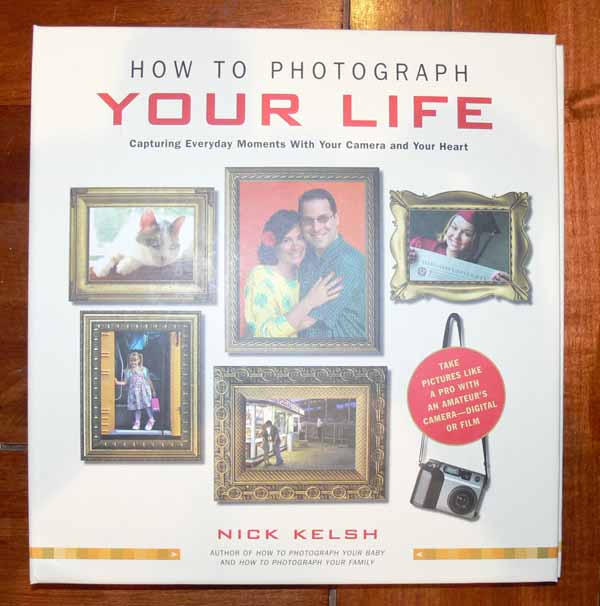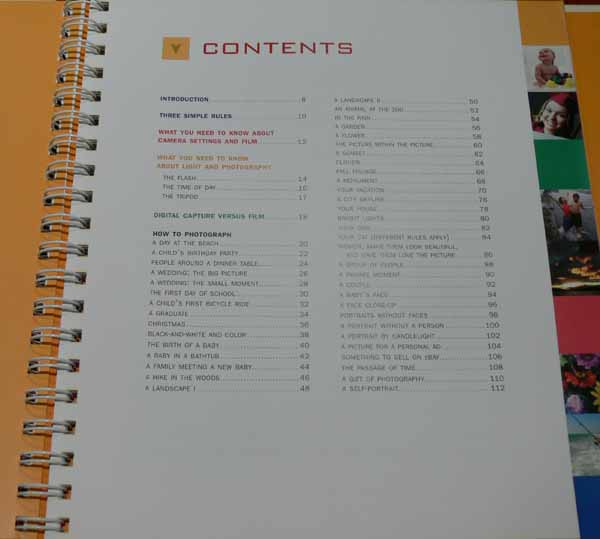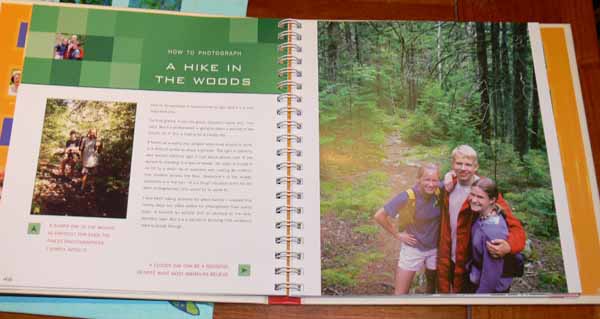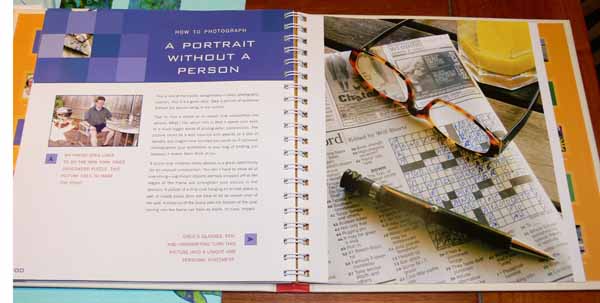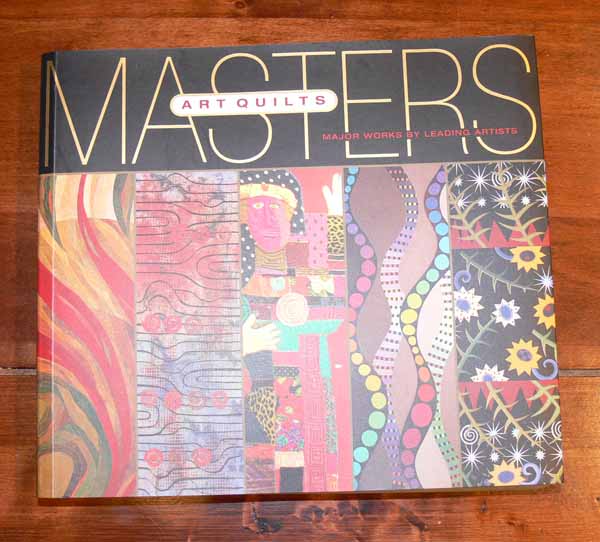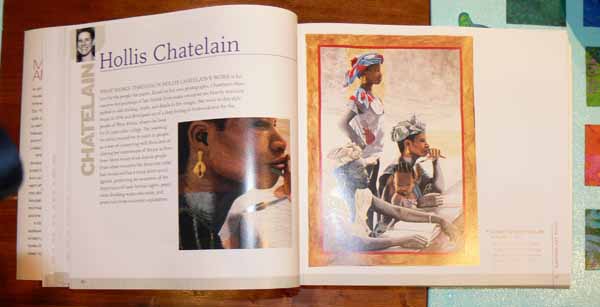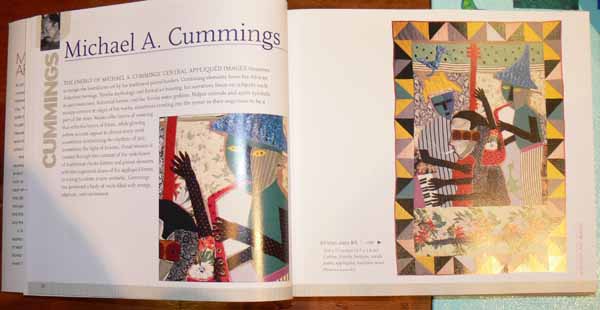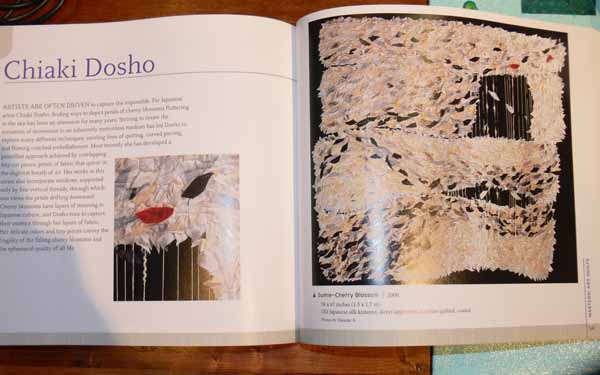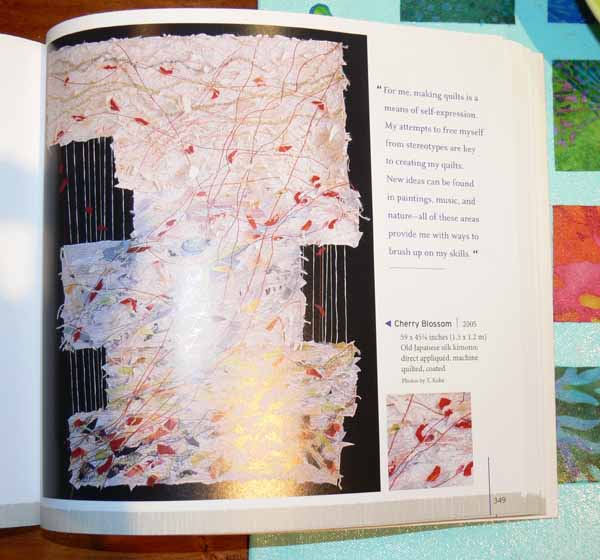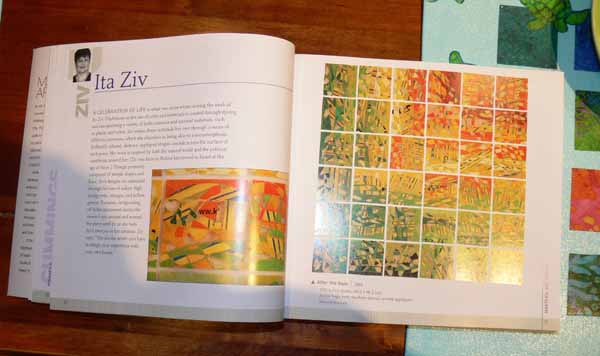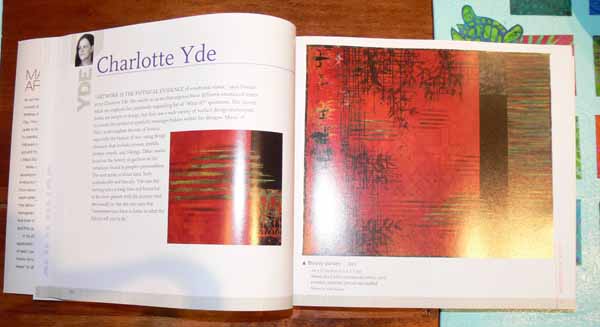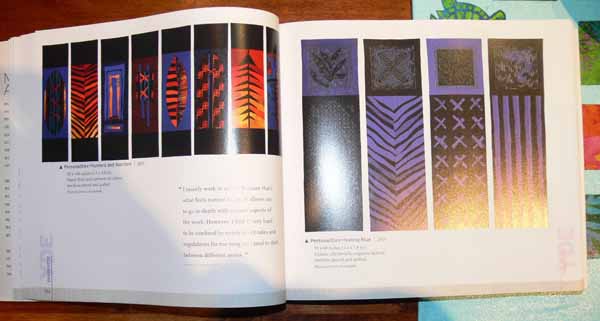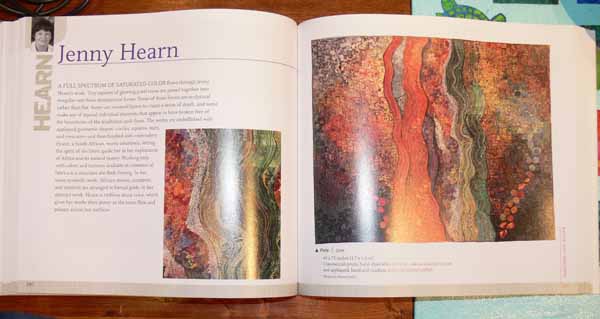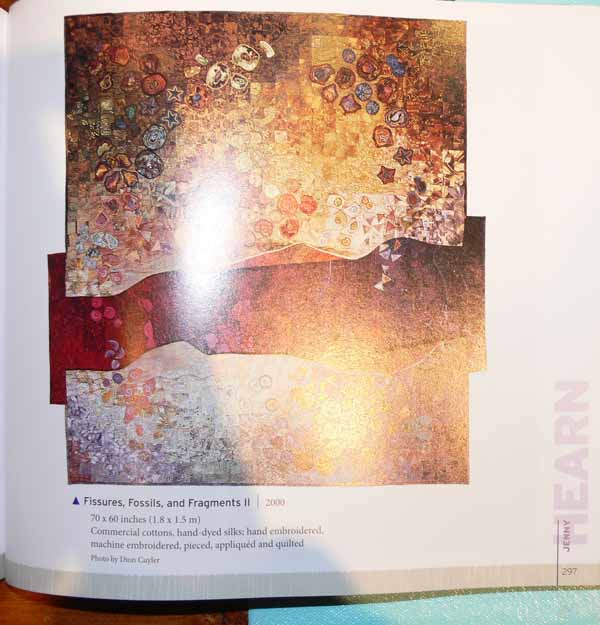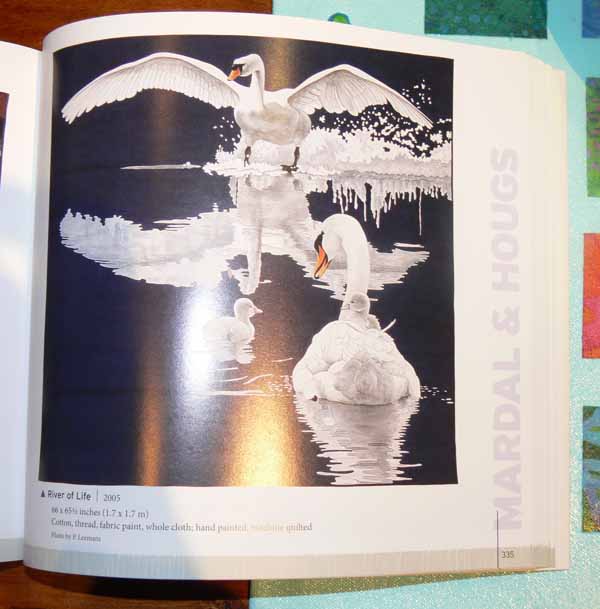Bottom line: if you take digital pictures, enter quilt shows, want to print photos onto fabric, want to print photos from your printer at home, want to design quilts on the computer, or learn to manipulate photos, or learn to use your photo editing software more effectively, want to know how to get the color in the photo to look like it does in real life, and THEN want the print to have the same colors…. BUY THIS BOOK! This book will be an essential reference tool in my library, I can tell already. It is not a sit down and drool over the pictures book, but it is a book you will use again and again and again!
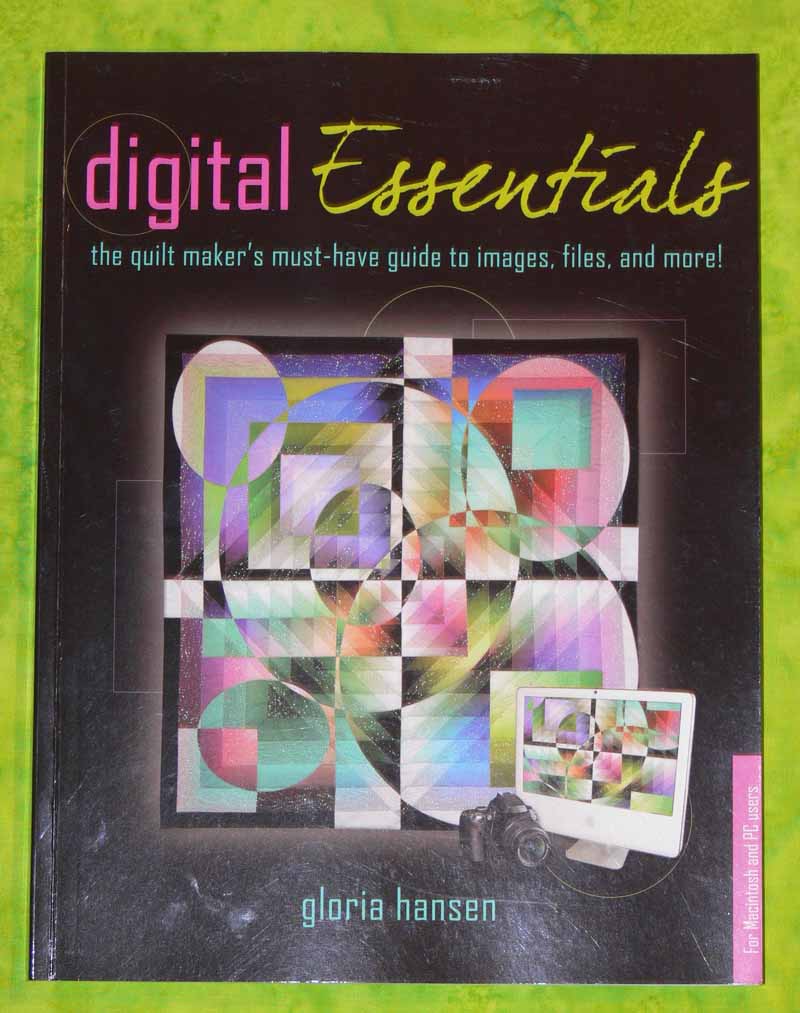
The caveat up front: Gloria is the one person I wanted to design my website, and she and Derry did a fantabulous job. That probably makes me slightly biased, but as anyone on the QuiltArt e-list knows, Gloria’s knowledge (and generous sharing of that information) on the list are such that most of us have an e-mail folder entitled “good stuff from Gloria”!
The subtitle to this information-packed book is “the quilt maker’s must-have guide to images, files and more!”. I couldn’t agree more…. for both MAC and PC uses, Digital Essentials is written by Gloria Hansen, who is not only an award-winning quilter (major ribbons at both AQS and Houston in the past year alone!), but also an award-winning website designer with her partner Derry Thompson of Gloderworks, and a top-notch photographer. In just browsing the book when it first arrived, I learned stuff, was impressed with how well laid-out the book is, and how Gloria makes a seemingly complex subject understandable. Digital Essentials is published by the Electric Quilt Company, ISBN 1-893824-64-0. The book is available by mid-September from Gloria here, from Amazon, or ask your local quilt shop to stock it!
At first I intended to review this book in one fell swoop. But….. There is SO much in the book, and as always I am so pressed for time, that I thought I’d do a synopsis of what is in the book, then later on work my way through a couple of the chapters that teach things I really want to know, and share the results with you as I can get the time to do the work.
The book is in four major sections:
- The Fundamentals
- Working with Images
- Saving for the Web
- Reference
Start at the beginning:
Let’s say it right up front: computer lingo and camera lingo can be really daunting. But I realized it is the same situation quilters face when dealing with art terminology. I tell students in my “If you can write your ABCs, You can Draw” class, folks are intimidated by the vocabulary of art: composition, complementary colors, tangents, value. But it is just words. We can all learn what they mean. When we started quilting we probably didn’t know Log Cabin meant a block, not a building, and Baltimore Album was a style of quilting form the mid 1800s, not a photo album about Maryland!
And that’s how Gloria begins: by explaining what all those not-really-daunting words mean. Best of all, she uses pictures and pictures of drop-down screens from commonly used picture software to illustrate. The book’s layout and color-blocking help organize the text, making it easy for you to scan and find what you need, as well.
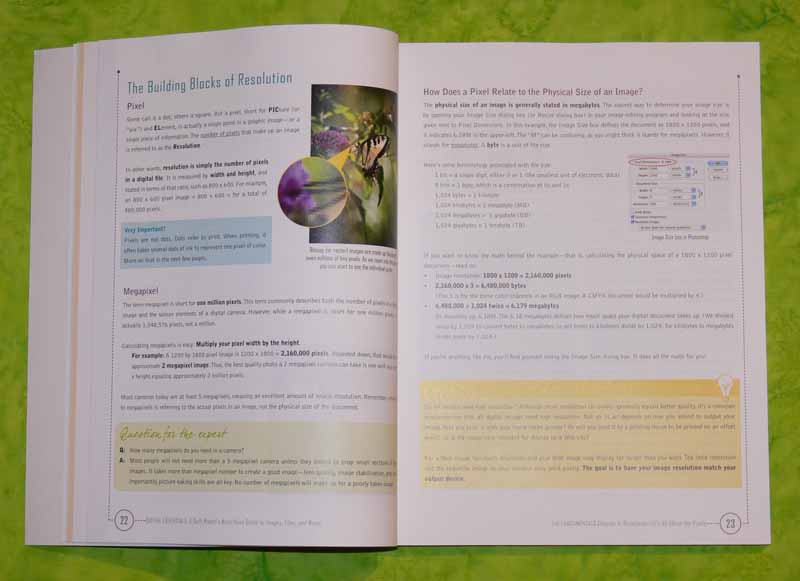
Especially helpful are the red ovals on the screen shots which help you know WHERE on your screen to look!
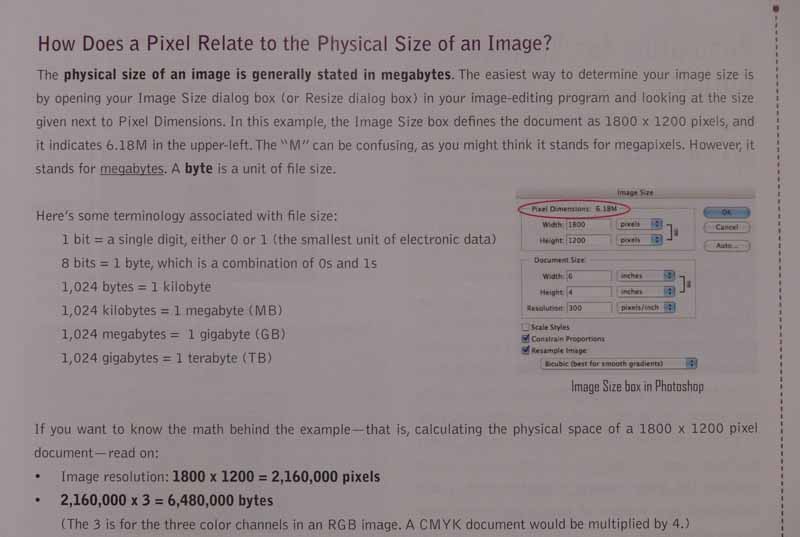
Getting the color right…from real life to captured image to computer screen to print out… is key. In Chapter 5, Gloria breaks down what to do into a step-by-step process. I can tell that this isn’t something I want to do late at night when my biorhythms are at their worst, but I can also tell that if I simply take it one step at a time, I can do this…and there is no way I could have figured it out on my own (well, at least in this century).
The next two sections — images and the web:
I’ve learned some of the things in these sections by doing, by using Gloria’s help to me individually and to the QuiltArt list over the past four years. But already I have learned there are different ways to crop things that may make my life simpler and faster (more time to quilt, or sleep! is a good thing). As I have time to work with the book, I’ll come back to these topics.
Resources:
OH how I LOVE a book with a good index…. this one is four FULL pages, which means I can find what I want quickly, instead of having to flip through many pages….
There is a Reference Guide with commonly asked questions…and the pages on which to find the answers!
There is a comparison of Photoshop, Photoshop Elements, and Paint Shop Pro, and also a glossary. Let’s face it…we can read the definitions but they don’t always imprint (at least on my brain). Having this mini-dictionary in the back is eminently helpful.
The last test:
I’ll challenge myself right here, in print. I want to understand a few things. Let’s see if I can find the answers in the book….
1. What are layers and how can I use them?
2. Can I manage to create a somewhat kaleidescopic image on my Mac laptop using Photoshop elements?
3. How can I (easily?) watermark the photos I post to my website and blog?
4. How do I get the colors of my photos to be the same as the actual cloth, so that entries accurately reflect the quilt?
5. When I download photos from my camera to the laptop, why do they come out at 72 dpi and HUGE size (about 35×42 inches)? I shoot at maximum resolution. Can I adjust either the camera or the software so they display at 300 dpi and smaller size?
6. What is Unsharp Mask????? And why do I need to use (or not use) it?
I’ll work through these questions over the next couple of months (I hope), and I’ll share my results.
